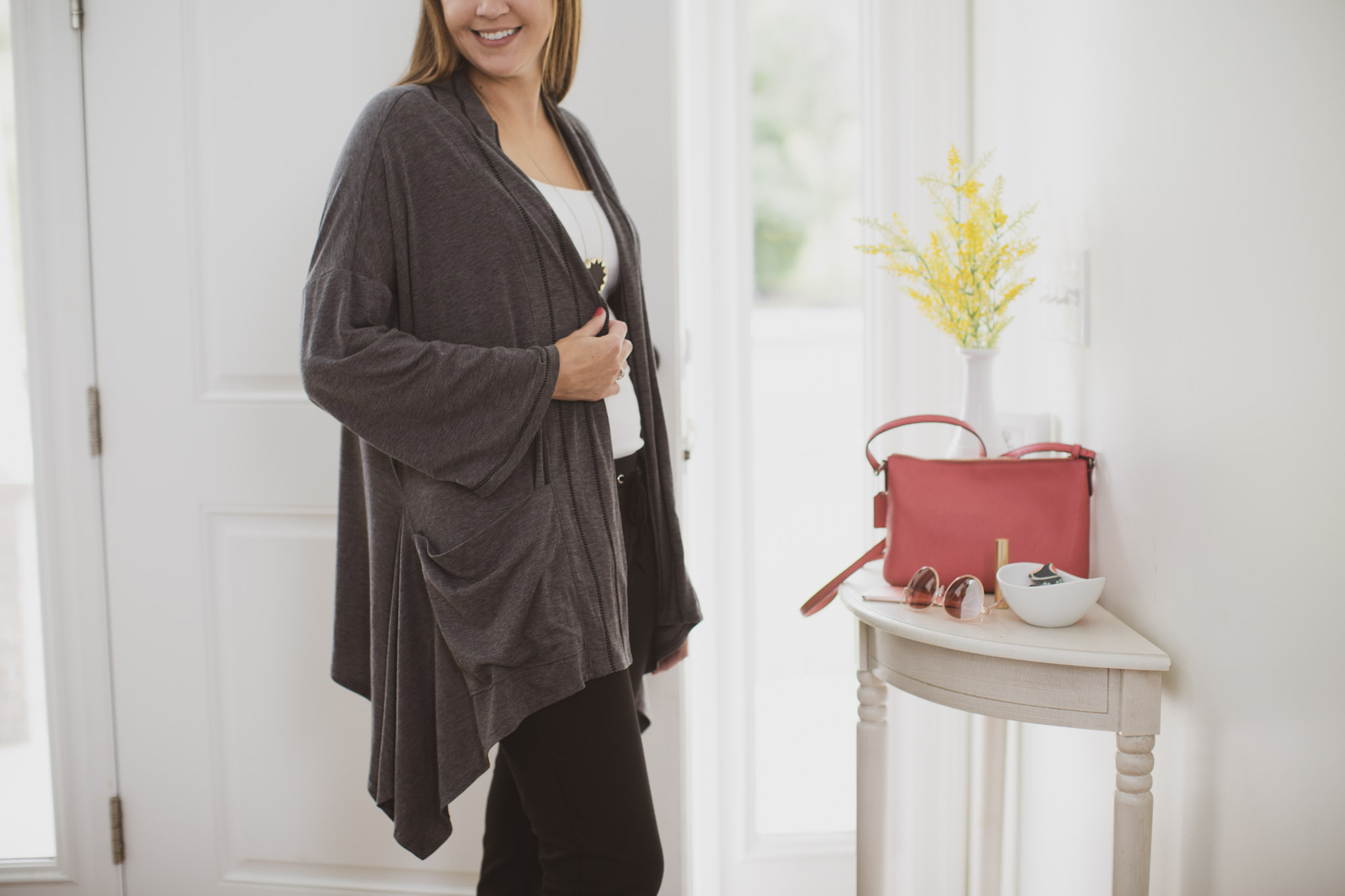
1. Why do I need a serger for garment sewing?
First and foremost a serger is the ideal way to create a clean edge on any seam. Not only does the cutting blade trim the fabric edge but the upper and lower looper threads wrap around the fabric edge securing or protecting the fabric edge. Another great function of the serger is for construction. When making any garment that happens to be knit this is my go-to machine for construction. I use the cover stitch to hem those knit garments. Using the serger for construction finishing seams and hemming gives any garment that I make that professional look outside and inside. Often the serger is my preference for woven fabrics that are being used in a garment. In this case I may use a five- or four-thread stitch.

2. Can a serger handle tricky fabrics like knits wovens sequins or lace ?
Sure! Sergers are designed to handle many different fabric types; lightweight fabrics and heavy fabrics wovens and non-wovens fabric with texture and even vinyl. I always make sure that I am matching my stitch type to my fabric type. For example:
• Silk: If I am using a lightweight silk using a four-thread stitch is a little too heavy for construction or seam finish. This is where I would use a three-thread stitch and finish the fabric edge.
• Knits: When working with knits I will use a stretch needle rather than a standard overlock needle. The one thing that I always do is test the stitch type using the needle that I am going to use for my project along with the thread on my fabric before I start stitching anything.

3. What are the different types of finishes I can do on a serger?
• Overlock stitch: An overlock stitch contains at least one needle thread and an upper and lower looper thread. The upper and lower looper threads are carried to the needle as the stitch is formed. It is almost like a back and forth movement with the loopers moving toward one another. The needle secures these looper threads at the point where the needle enters the fabric. The upper and lower looper threads lock or cross at the fabric edge (locking). The result is the upper looper thread on top with the lower looper thread on the bottom and the threads locking at the fabric edge and the needle. Check out the Baby Lock Acclaim Accolade Celebrate Triumph Vibrant or the Victory for more details.
• Chain Stitch: The chain stitch is a needle thread and a chain looper thread. The top of the stitch looks like a straight stitch and the underside looks like a flat loop. This stitch looks like what was used on sacks of flour sugar or dog food. The same principal applies – find the right stitch and it pulls apart. Another common place for this stitch is woven pants such as jeans. Interested in a serger that has chain stitch capabilities? Check out the Baby Lock Euphoria Accolade or Triumph.
• Wave Stitch: The wave stitch which is an exclusive Baby Lock serger stitch is a decorative stitch comprised of a needle thread and upper and lower looper thread. A standard overlock thread is used in the needle and a decorative thread is used for the upper and lower loopers. By adjusting the threading path of the upper looper a wave is created in the stitch. When looking at the top of the stitch you can see that the lower looper stitch is pulled to the front while the upper looper thread is pulled to the fabric edge. This action creates a wave or hill in the stitch. The underside of the stitch looks like a standard serger stitch. There are variations on the wave stitch flatlock wave rolled wave and reverse wave. This stitch is available on the Baby Lock Acclaim Accolade and the Triumph.
4. What type of garments can I create on a serger?
Any garment you want! My suggestion would be to start with garments that have simple design lines. As you gain confidence start using the serger for more challenging garments. Personally I have made everything from pants dresses to coats and knit garments.





















